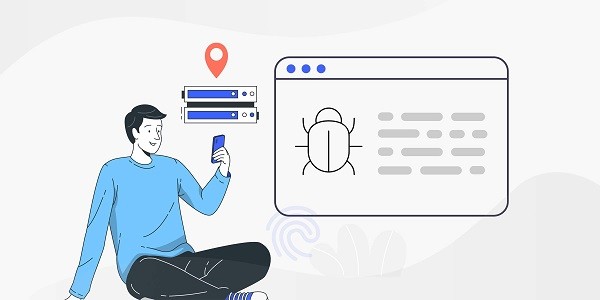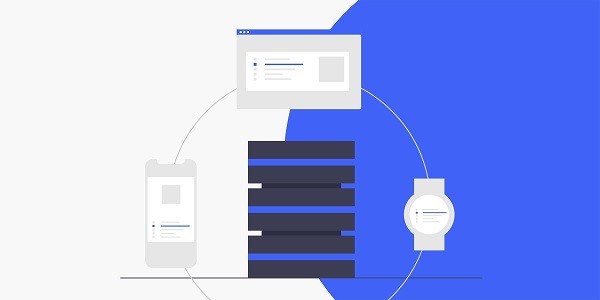What Is a Proxy Server and How Does It Relate to Minecraft?A proxy server acts as an intermediary between a user's device and the internet, routing traffic through a different IP address. For Minecraft players, this technology can unlock smoother multiplayer experiences, bypass regional restrictions, and enhance security. IP2world offers tailored proxy solutions, such as dynamic residential proxies and S5 proxies, designed to meet the unique demands of gaming environments. Why Do Minecraft Players Need a Proxy Server?Minecraft's multiplayer mode relies on stable connections and low latency. However, network congestion, ISP throttling, or geo-blocked servers can disrupt gameplay. A proxy server mitigates these issues by:Reducing Latency: Routing traffic through optimized paths minimizes lag during intense gameplay or large-scale server interactions.Bypassing Geo-Restrictions: Access international Minecraft servers blocked in your region.Protecting Privacy: Mask your real IP address to prevent DDoS attacks or unauthorized tracking.Dynamic residential proxies, which rotate IPs from real devices, are particularly effective for avoiding IP bans during automated tasks or competitive play. How to Choose the Right Proxy Type for Minecraft?Different proxy servers serve distinct purposes:Static ISP Proxies : Ideal for long-term server connections, offering consistent IP addresses for uninterrupted gameplay.Dedicated Datacenter Proxies : High-speed, low-latency options for players prioritizing performance.S5 Proxies: Lightweight and compatible with most gaming setups, perfect for casual users.Gamers requiring frequent IP changes or handling resource-intensive mods might opt for dynamic residential proxies or unlimited server plans. How Does a Proxy Server Improve Minecraft Server Management?For server administrators, proxies streamline operations:Load Balancing: Distribute traffic across multiple IPs to prevent server overload.Security Enhancements: Block malicious bots or unauthorized access attempts.Global Access: Host servers in regions with better infrastructure while allowing worldwide player access.IP2world's dedicated datacenter proxies, with their high bandwidth and reliability, are widely used for enterprise-level server management. Can a Proxy Server Affect Minecraft Mods or Custom Content?Proxies generally don't interfere with mods or custom gameplay mechanics. However, configuration errors might cause compatibility issues. Ensure the proxy supports UDP/TCP protocols required by Minecraft and third-party tools like Forge or Fabric. Static ISP proxies are recommended for mod-heavy setups due to their stability. What Are the Limitations of Using Proxies with Minecraft?While proxies offer significant benefits, they require careful setup:Configuration Complexity: Incorrect port settings or authentication can disrupt connectivity.Cost Considerations: High-quality proxies like dedicated datacenter proxies may have higher pricing.Ethical Use: Avoid exploiting proxies for unfair advantages, which could violate server policies. How to Set Up a Proxy Server for Minecraft?Select a proxy type (eg, S5 or dynamic residential proxy) based on your needs.Configure the proxy in your Minecraft client or server settings using the provided IP, port, and credentials.Test connectivity and adjust routing rules if needed.IP2world's user-friendly dashboard and 24/7 support simplify this process for both beginners and advanced users. ConclusionA proxy server transforms Minecraft by optimizing performance, expanding access, and safeguarding privacy. Whether you're a casual player exploring mods or a server administrator managing global traffic, the right proxy ensures seamless gameplay.As a professional proxy IP service provider, IP2world provides a variety of high-quality proxy IP products, including unlimited servers, static ISP proxies, exclusive data center proxies, S5 proxies and dynamic residential proxies, suitable for a variety of application scenarios. If you are looking for a reliable proxy IP service, welcome to visit the IP2world official website for more details.
2025-05-15









